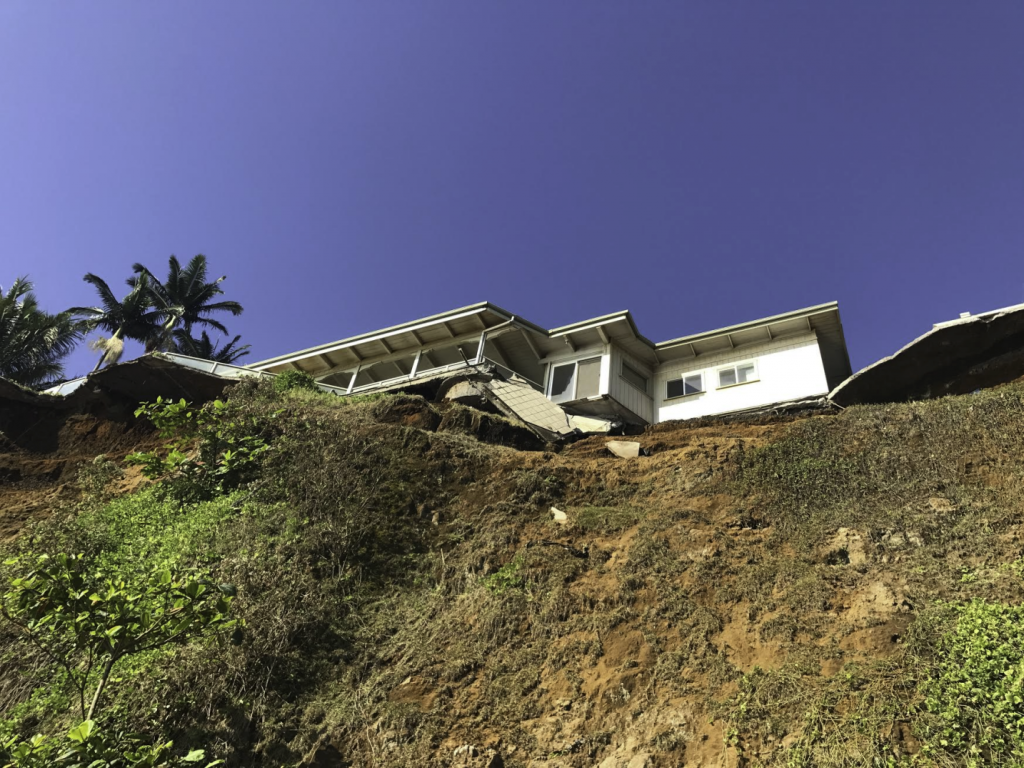US Climate Resilience Toolkit Receives Attention
An example project of co-production done right has received more attention. An MCC project led by UH Hilo graduate student Rose Hart examined Hawaiʻi Island shoreline erosion rates and ultimately generated concrete policy changes and stimulated further manager-driven research, illustrating the strengths of a co-produced project.
Due to its direct and lasting impact on management policy and local stakeholder networks, this success story has now been published as a case study nationally, regionally, and through multiple local channels. In January the case study was published nationally on the US Climate Resilience Toolkit website and regionally on the Pacific Islands Regional Climate Assessment website. Then in February the case study was published locally through UH Hilo Stories, University of Hawaiʻi News, and on February 24 made the Hawaiʻi Tribune Herald.
Congratulations to Ryan Perroy (Associate Professor of Geography, UH Hilo), Bethany Morrison (Office of Planning, Hawaiʻi County), and Rose Hart for working together to develop research products that help local managers adapt to climate change impacts.


